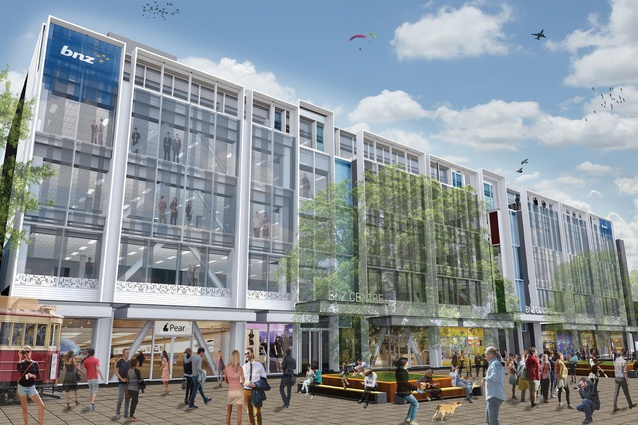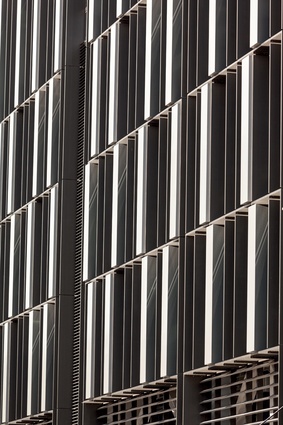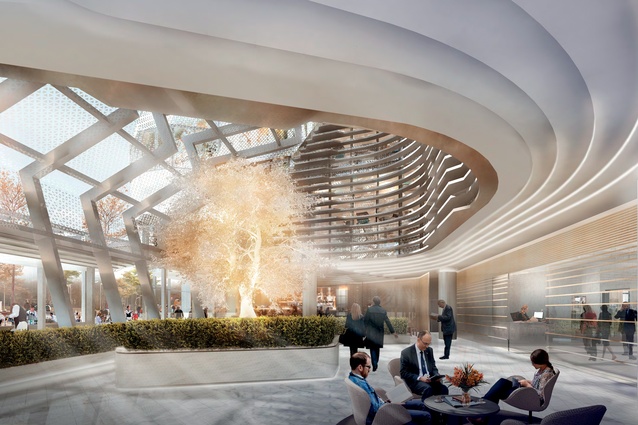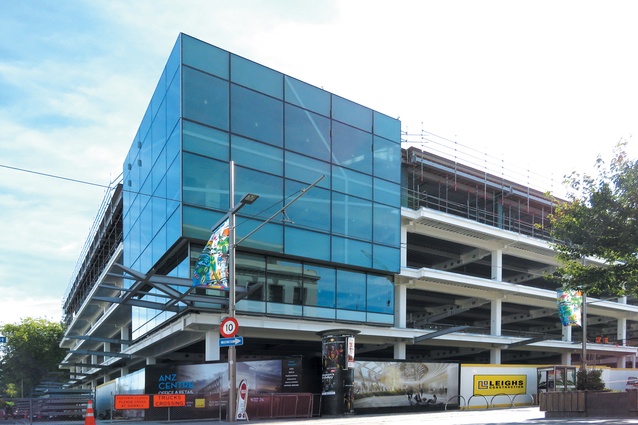Centre(s) of the city
Christchurch’s CBD is looking less like an abandoned disaster area thanks to Leighs Construction’s work on two pivotal projects – the ANZ Centre at the junction of Cashel, Colombo and High Streets and its neighbour, the BNZ Centre fronting Cashel and Hereford Streets.
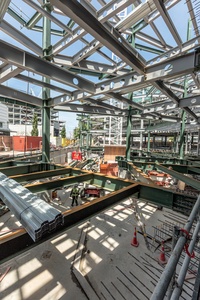
Located on the former Triangle Centre site in the heart of the CBD, the new ANZ Centre is at a stage where the façade installation has just commenced to the corner of Colombo and Cashel Streets, says Leighs project manager Brian Phelan. “The main structure is now in place and co-ordination between the concrete, base isolators and structural steel components to date has worked well.”
The main façade is a tinted, high performance glass with expressed vertical mullions. The horizontal joints have been minimised to emphasise the building’s vertical proportions. The shop fronts will feature highly transparent glass, in a seismic aluminium frame at a 2.4m module, also vertically articulated like the upper façade. A glass and steel frame canopy will cantilever out above the footpath.
Finally, a unitised curtain wall – designed to accommodate the serviceability limit state (SLS) movement expected during a seismic or wind event – will also provide a single point warranty for the primary facade system. To get to this stage, Phelan and his team have pretty much worked constantly for the past 16 months, starting with the site set up in August 2014 and the commencement of excavation for the first stage of the project, a job that would prove long-drawn-out.
“We knew going in that there was a level of ground contamination, what we didn’t know was to what extent. Of the 16,500m3 of fill from the 6m-deep excavation, 14,000 tonnes was contaminated. All relevant safety controls were in place for removal of the contaminated soil to a specific landfill site outside of Christchurch, because of the nature of the removal, we were only taking out around 300 tonnes per day, about 50 per cent of the usual excavation amount, which meant the job took longer than we anticipated,” says Phelan.
Excavation was not the only delicate procedure on this project. The building’s footprint is tight against boundary, with little to no room for drop off or set down. This necessitated a comprehensive traffic management plan as any lifts or pours resulted in the neighbouring streets and tramlines needing to be shut down.

“We had to ensure that the bulk of each pour was completed prior to 9am the next morning as the roads and tramlines needed to be reopened for commuter traffic,” says Phelan. “The basement consists of a raft slab 1.3m thick, which we completed in three consecutive pours – one each in May, June and July – of 1120m3, 835m3 and 1860m3.
“This final pour set a record for the Christchurch rebuild at the time. Given the complexity of this stage – with each pour requiring up to 300-plus trucks – we carried out a walk-through a few days prior to ensure the process would run as smoothly as possible.”
The building comprises 53 reinforced, base-isolated columns built off the basement raft slab which forms the underground car park – allowing for a maximum movement of up to 0.5m – supporting a super structure of four floating floors above, with a plant deck located on the roof; giving a total of 15,000m2 of floor space.
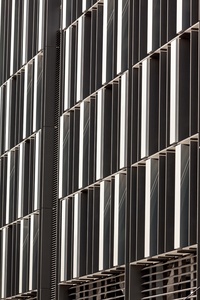
“Up to this point, there has been a six-member Leighs management team involved in the project with around 50 subbies and Leighs direct employees working on the build itself daily, this will ramp up from now on until the handover of the tenancies for internal fit out in October,” says Phelan.
“Ground floor retail tenancies are to commence trading by Christmas of this year, with the final handover of this landmark building being scheduled for February 2017 with the atrium space being the last component to be handed over.”
Equally landmark in its civic importance to the city is the BNZ Centre, sitting adjacent to the ANZ Centre and also being constructed by a Leighs team.
“The BNZ Centre comprises two, multi-storey, mixed-use buildings around a central courtyard,” says project manager Carl Geldermans. “Stage one of the development is a six-storey building, with mezzanine car park, while stage two is a five-storey building, also with a mezzanine car park – together the two buildings offer 29,000m² of floor space.
“At the heart of the project is a 1000m² landscaped, public courtyard with interlinking laneways and covered arcades connecting the space to the surrounding areas and streets. The centre will be a major retail hub for the CBD, offering 37 retail tenancies at ground level.”
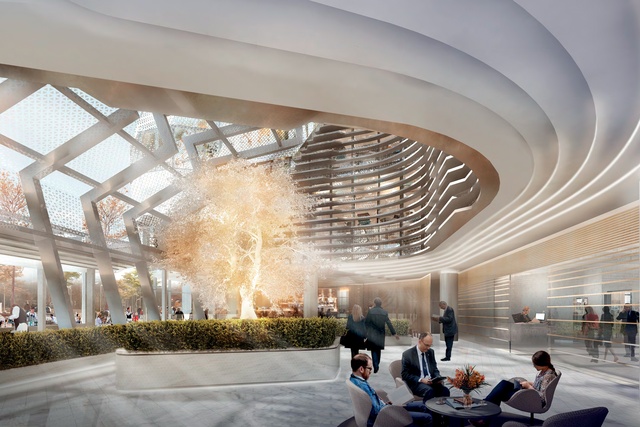
Geldermans says the retail component of the project is vital, not only for the continued revitalisation of the CBD, but because, post-earthquakes, the site was the home of the Re:Start container mall; itself a project of some significance in getting the city back on track.
“Leighs recognised early on that this was going to be a pivotal project to the rebuild and knew how important it would be to be involved from the outset,” says Geldermans. “The Leighs ECI team starting working with the design team in mid-2013, prior to any concept designs being confirmed. Their objective was to contribute towards the creation of a unified design that would fulfil all of its diverse requirements.
“Work started on ground remediation for stage one in early 2014, with a construction programme running through to November 2016, which includes completion of the courtyard and interlinking laneways, as well as tenancy fit outs. Final handover of the project is scheduled for December 2016.”
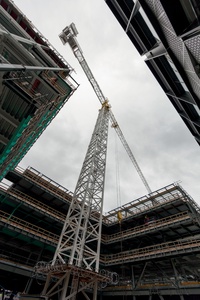
The first of the two buildings is now completely finished – with 400-odd staff from Statistics NZ across levels 1-3 – and Geldermans says the company believes it is one of the few anchor rebuild projects to be completed on time and budget – an outcome he puts down to stringent forward planning.
“It’s no secret we’re working in an incredibly hot market, so we’ve invested the time and energy to ensure we’ve maintained a well-run site and have worked hard with sub-contractors and suppliers to ensure their availability. For us, the ability to deliver on time is as critical a concern as price, so when the local steel contractors were committed elsewhere we searched further afield and sourced the steel for stage one from Melbourne. The steel for stage two has come from New Plymouth.”
Geldermans says thanks to the team’s early involvement and eye for planning, the build has progressed well, with minimal hold-ups. In fact, he says somewhat tongue-in-cheek, the only real challenge seems to have been for everyone else as the unique situation of having two Leighs teams working on adjacent sites, on almost identically named projects, has led to all sorts of confusion around town.
With the focus now on the remaining building, the peak days of 150-plus people on site when both stages were running concurrently are now behind them, says Geldermans. At present there are around 14 Leighs staff and 30 trades onsite, which he says should stay fairly stable until handover at the end of the year.

